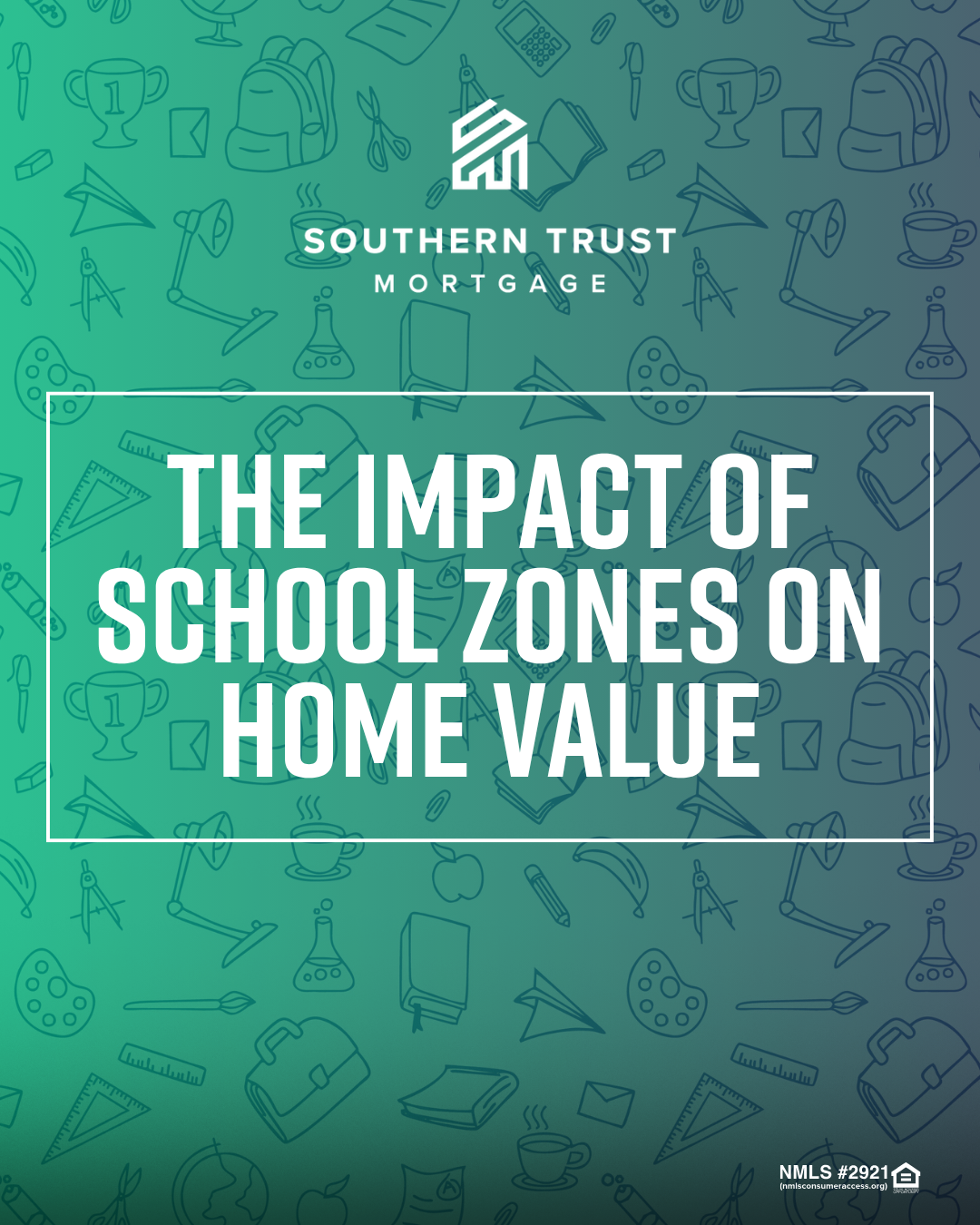Published August 22, 2025
How do School Zones Impact Your Home’s Value?


When you're looking for a new home, you're likely considering factors like the number of bedrooms, the size of the yard, and the convenience of the commute. However, there's another significant factor that often plays a powerful, underlying role in a home's value: the local school district. As of 2023, over 30% of buyers 33-42 say that the school district is a primary factor when purchasing a home. (2023 NAR Home Buyers and Sellers Generational Trends)
While it's essential to avoid making direct judgments or recommendations about specific schools, understanding the broader relationship between school districts and real estate can be invaluable for homebuyers. This insight is not only crucial for your family's immediate needs but also for the future value of the home as a long-term investment.
Here's a look at why schools have an impact on home values and what key elements to research when you're in the market for a new home.
Resources and Facilities:
Beyond the teaching staff, different schools may offer a variety of courses, extracurriculars, or support staff that could create a unique learning environment. When looking at prospective locations, consider the facilities of the schools within the designated zone and public data on the area. You may also want to consider publicly available funding information on local schools. According to the National Bureau of Economic Research, a home’s value increases by $20 for every $1 spent on public schools in the community.
Proximity and Accessibility:
The convenience of living closer to a desired school can also positively impact a home’s value. Considering the ease of commute from home to school can save time and energy for parents and children alike, while also improving the demand for properties in the area. Homes within easy walking or short driving distance to highly-rated schools often command a premium.
Neighborhood Stability:
Proximity to schools is a correlating factor with maintaining a stable neighborhood and attracting residents looking for similar community values and long-term residency. This creates a sense of pride and community among neighbors, while also increasing the value of your home and those around you. Strong school communities often lead to lower crime rates and better-maintained public spaces.
Long-Term Trends:
Savvy homebuyers look past the most recent year’s data. Are there consistent trends in students’ academic performances, project development, or community support? Consider if things are on an upward trend and/or moving to further improvement.
Future Opportunities:
While many homeowners are typically not considering selling the home of their dreams before they purchase it, thhe future resale value is a key factor to consider when making that decision. Studies show that homes in areas with well-preforming school districts sell for up to 10-20% more than similar homes in average areas. Not only do homes hold a higher value, but they also tend to sell faster in more desirable areas, often 8 days faster, in fact, due to high demand!
When shopping for your dream home, especially if school zones are a priority, remember to look beyond the property itself. Diligently research the area and school zone to truly understand how they may impact your home’s value in both the short and long term. Your local real estate agent and Southern Trust Mortgage loan officer can also be invaluable sources of knowledge and information about specific local areas and home financing options when buying your home.
Source: https://www.nar.realtor/schools-the-homebuying-decision





